In the next few decades, humans plan to travel to Mars and set up permanent settlements. One big challenge we’ll face is finding enough energy, as many of the sources we are used to on Earth won’t be available.
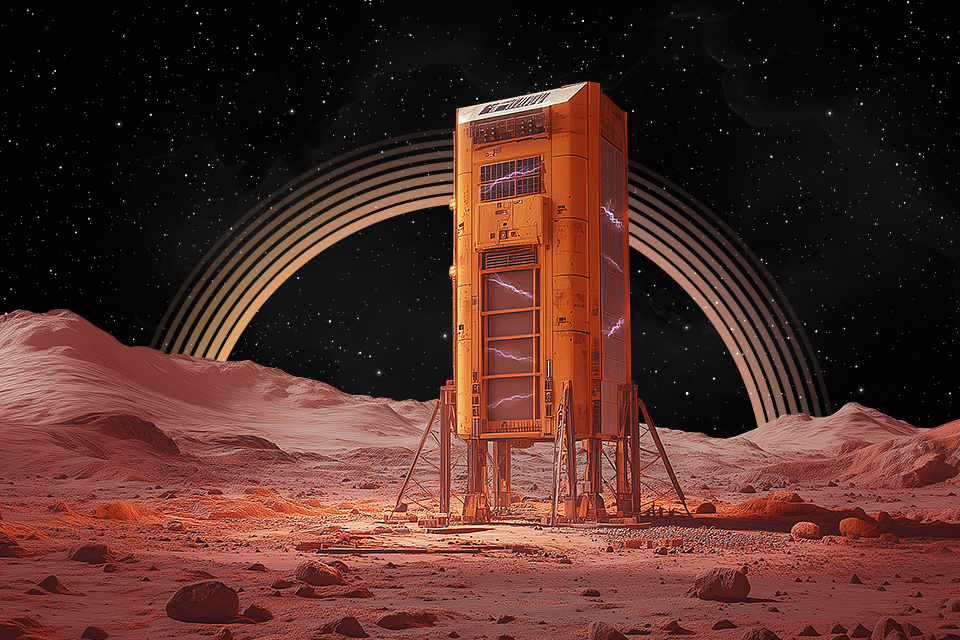
Why do we need electricity on Mars?
For decades, people have dreamed of conquering Mars, and in the next thirty years, we might finally see settlers establishing a long-term colony there. But getting there won’t be easy, and one of the biggest challenges is figuring out the energy problem.
Our civilization relies on electricity, which is largely powered by fossil fuels. Most things that make our lives easy and comfortable need either a plug or something to burn for energy, whether it’s wood in a fireplace or gas on a stove.
The settlers won’t be able to remain on the Red Planet for long without a reliable energy source. While astronauts can minimize energy use in low Earth orbit, on Mars, reducing energy won’t be enough to sustain life.

One of the biggest challenges is managing heat, which transfers between objects and eventually dissipates. On the ISS, this isn’t as noticeable because the vacuum around the station means heat loss occurs mostly through radiation, which isn’t very significant.
Mars is a different story. Outside the walls of the living module, the planet’s soil and atmosphere will be incredibly cold, with temperatures rarely climbing above 0°C, even near the equator. In higher latitudes, temperatures can drop below -100°C. In these conditions, the more efficient heat transfer mechanisms, along with convection, rapidly draw heat through the thin walls of the living module.
Thermal insulation can be an affordable and effective solution. However, even with good insulation, it’s impossible to keep a comfortable temperature for years if the only heat sources are human bodies and computers. This means colonists will need reliable heating systems.

Electricity for everyday needs
This introduces another problem: traditional heating methods simply won’t work on Mars. There’s no wood, gas, or coal, and transporting these from Earth is too costly. Plus, burning oxygen with a fireplace or stove isn’t practical since it’s difficult to regenerate.
Earth is rich in combustible minerals because its biosphere has existed for millions of years. Mars, having never had such a biosphere, is unlikely to have these resources. At least, nothing has been found yet, though not for the lack of trying. Therefore, electric heaters will be the main way to stay warm in a Martian colony, which will mean high energy costs.
On top of that, other utility systems use a lot of energy, including water supply, drainage, and ventilation. All three need pumps to move gases and liquids, as well as filtration systems.
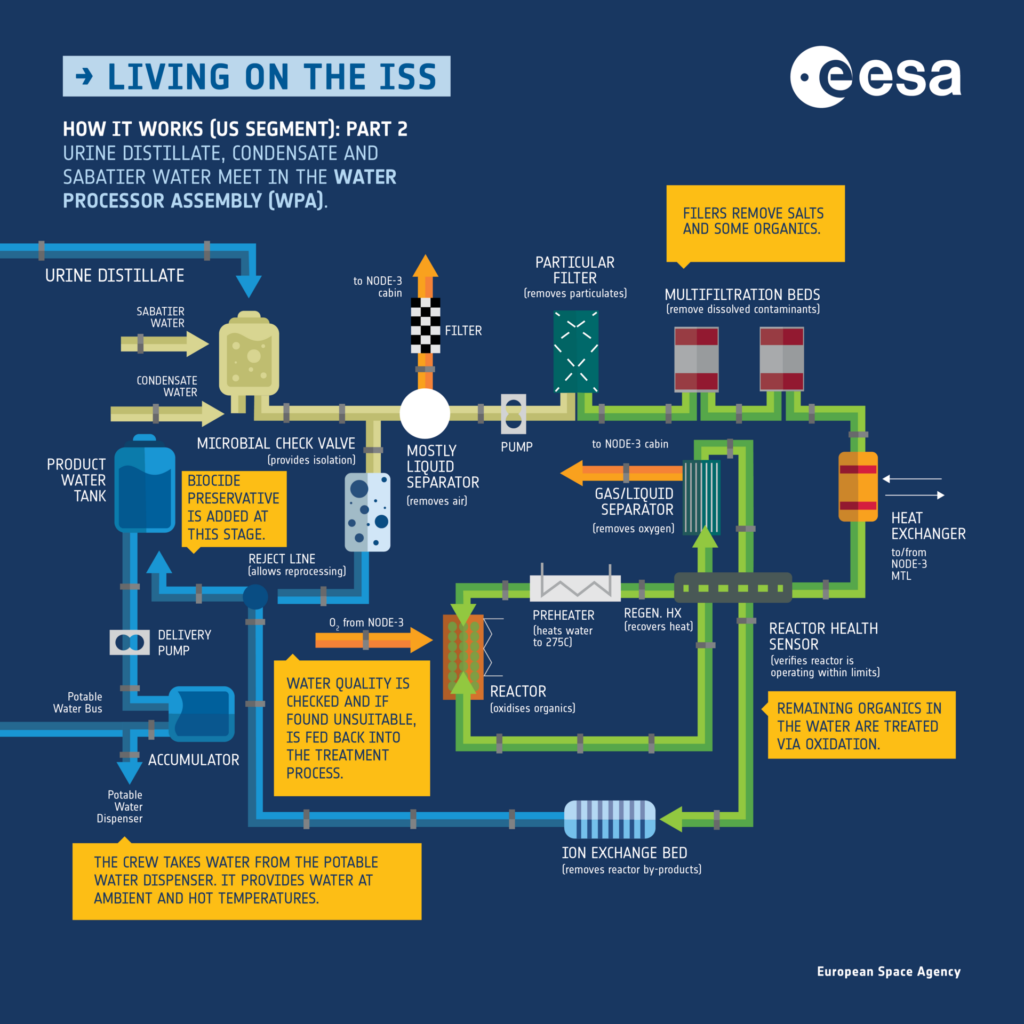
It’s worth noting that, unlike the ISS, a Martian colony can be equipped with normal showers and toilets, but they’ll need extra energy. These facilities are undoubtedly essential, especially since people will be living there for years.
On the flip side, lighting the living spaces will be cheaper. The only exception is greenhouses, where plants require a lot of light because sunlight on Mars is much weaker than on Earth.
Another major expense will be transportation. Since you can’t bring petrol or gas from Earth, and Mars doesn’t have its own oil, all Mars rovers will need to be charged from a socket, just like electric cars.
Can we develop industry on Mars?
All these costs show how crucial it is to have reliable sources of electricity. But this only covers the initial phase of exploring Mars. Once we start building cities and developing industries to support them, they will become major energy consumers.
The first facility to require electricity will be for producing rocket fuel, which is essential for astronauts who want to return to Earth. While the necessary materials will be available on Mars, a significant amount of energy will still be needed.
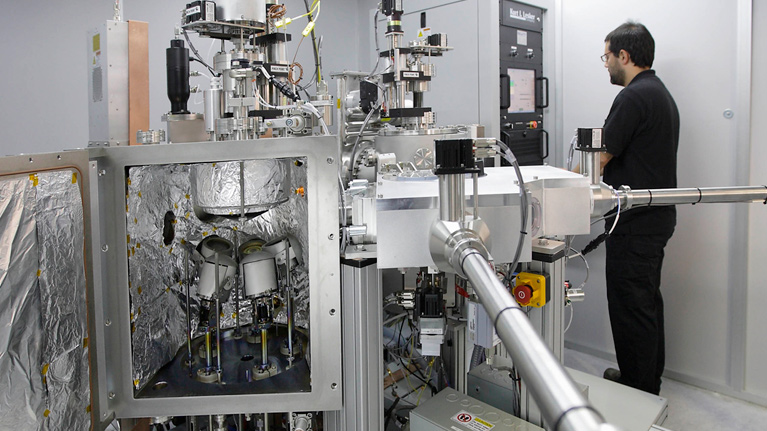
The next major energy requirement will be the construction itself. Bringing materials from Earth is practical for the first modules, but eventually we’ll need to make everything on-site. Fortunately, we can use local silicate and aluminate rocks for building, though they will still need to be melted down, making it one of our biggest potential costs.
Sun, water, and wind
On Earth, one of our main energy sources is fossil fuels. Power plants, known as thermal plants, generate electricity by using hot water and steam from burning coal, gas, or heavy fuel oil. But since none of that exists on Mars, this option is off the table.
Next, we have water that powers turbines at hydroelectric plants to generate electricity. That won’t work on Mars either, since there are no rivers or any other permanent water flows.
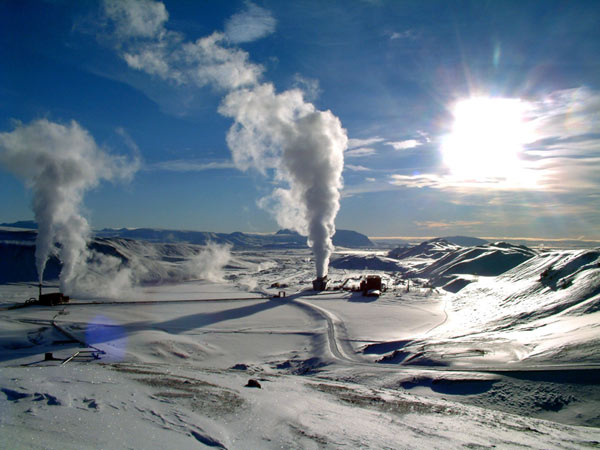
Geothermal energy could be another option. We know that in the past, magma on Mars rose from deep underground, melting the permafrost and creating geysers. Unfortunately, there aren’t any active regions on the surface of the Red Planet today, so this type of power plant isn’t a viable option either.
Now, let’s consider solar energy. Photovoltaic panels have been used on Mars rovers for years, but they don’t work very efficiently. Even on Earth, solar panels aren’t that powerful, to the point that solar power stations can’t compete with hydroelectric plants of the same size.
On Mars, it’s even worse—depending on its orbit, Mars gets 2-3 times less energy from the Sun because it’s farther away. So while solar panels can generate electricity, it won’t be nearly enough.
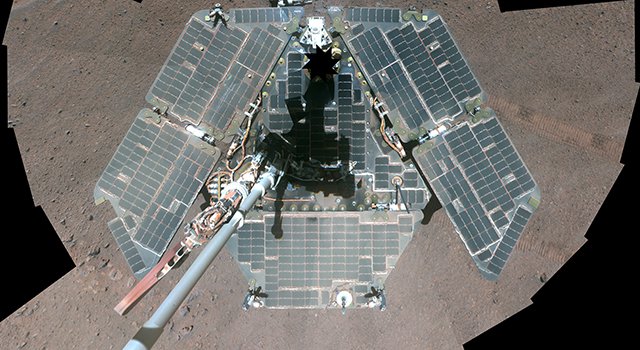
We could also try building wind turbines on Mars, which have become really popular on Earth in the last decade. Mars is known for its dust storms, so it seems like there’s plenty of atmospheric movement, and this method might work.
However, it’s worth remembering that Mars’ surface atmosphere is 160 times thinner than Earth’s. This means that the wind carries far less energy. Scientists estimate it could meet the basic needs of the first base modules, ultimately wind turbines, just like solar panels, aren’t practical for large-scale energy production.
RTGs and nuclear reactors
As it stands, nuclear reactions are essentially the only way to generate energy on Mars. The simplest way to do this is with a radioisotope thermoelectric generator (RTG). Radioactive decay works on Mars just as it does on Earth.
Heat can be naturally generated with a sufficient amount of Plutonium-238, Strontium-90, and Curium-244. While handling these materials is highly dangerous due to the risk of severe radiation sickness, RTGs can be installed away from living areas and shielded with semiconductor thermocouples. This setup can provide a steady supply of electricity for many years.
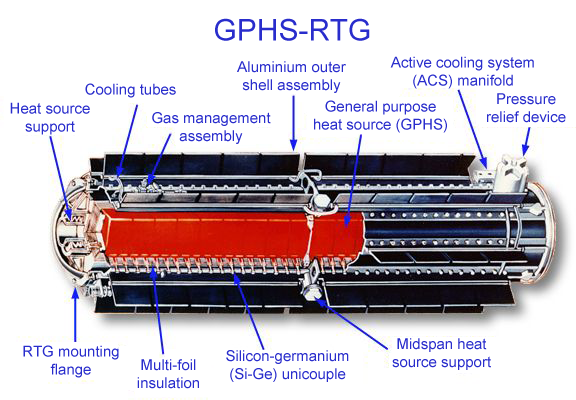
In the future, we’ll need a more reliable energy source: a nuclear reactor. Unlike an RTG, a nuclear reactor uses a controlled chain reaction. Essentially, it’s like an atomic bomb that’s carefully managed to prevent explosions. It may sound dangerous, but luckily modern reactors are designed with safety systems that automatically shut down the process if something goes wrong.
There are many types of nuclear reactors, and at least some of them could provide the power required for a Martian city and its industrial operations, no matter how large.
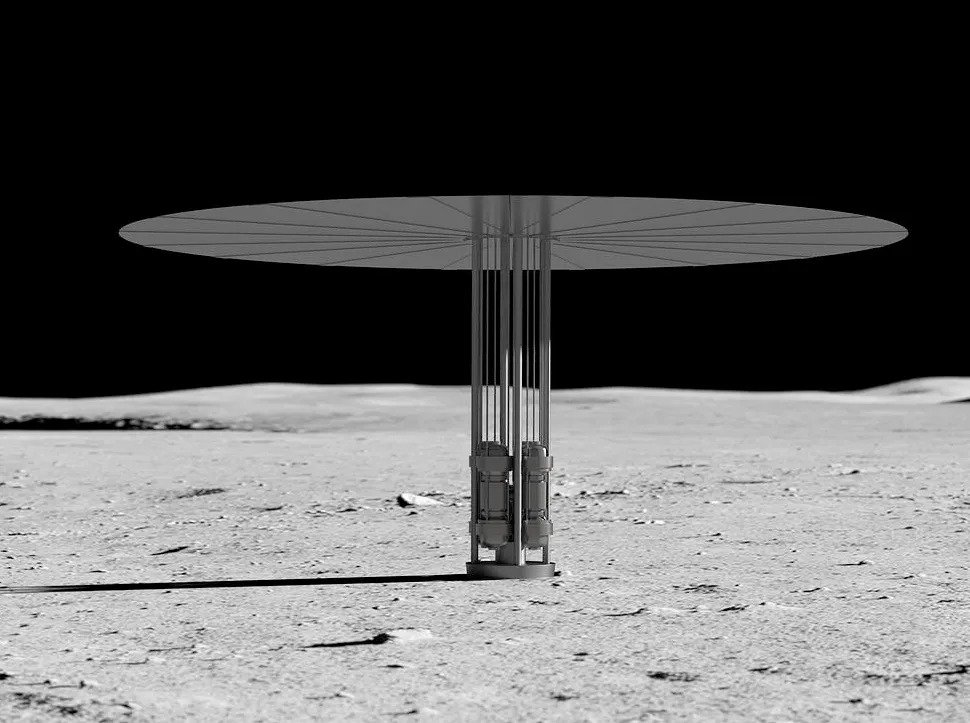
However, this approach has its own challenges. Scientists haven’t found any uranium ore deposits on Mars, which are essential for producing nuclear fuel. Given that Mars is smaller, lighter, and less geologically active than Earth, it might not have any uranium at all, which means that nuclear fuel would need to be transported from Earth. Despite this, the benefits of using nuclear reactors make it worth the effort.
Thermonuclear reactors
The best way to power a Martian colony would be with a fusion reactor. Fusion, which involves synthesizing helium from hydrogen, is what powers the Sun. So if Mars is too far from the Sun, why not replicate that process right on its surface?
Mars is just as suitable as Earth for setting up fusion reactors. The only problem is that scientists haven’t yet achieved a controlled thermonuclear reaction on Earth. But it’s only a matter of time before they do.
Overall, providing energy for Mars colonists is a challenge. For now, wind generators, RTGs, and solar panels should be sufficient. But in the future, nuclear and fusion reactors could handle the increased energy demands.
To learn more about Mars, check out the latest issue of our magazine, where we delve into the fascinating aspects of the Red Planet.


